Пирели за Канада
Пол Хембри:
Canada is always one of the most unpredictable races of the year and this is partly because it is so challenging for tyres, mostly due to the heavy braking and traction demands of the circuit. Coupled with a high degree of track evolution over the weekend, effective tyre management has always been a key to success in Montreal, right from when the circuit was inaugurated in the late 1970s. We’d expect two to three pit stops per car, but we’ll only be able to make a precise forecast after Friday once we’ve seen some running out on track. It’s a circuit where weather conditions often play a key role: our very first Canadian Grand Prix in 2011 actually turned out to be the longest race in Formula One history because of heavy rain and a subsequent race stoppage. Last year was dry, but we witnessed a new record with the seventh winner from seven races. Because of the high degree of tyre wear and degradation, we would expect to see a number of different strategies at work, as was the case last year – with teams deciding whether to go for a ‘sprint’ strategy or to do fewer stops and put the accent on endurance. Last year the ‘sprint’ approach won the race, but with so many different parameters at work, the teams will have to analyse the data – not to mention the weather forecast – very carefully before committing to any particular tactics. Often a flexible approach works best in Canada, so we can also expect many teams to be leaving their options open, allowing the drivers to really make the difference when it counts.


















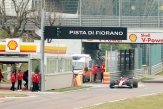
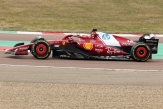
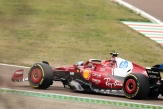
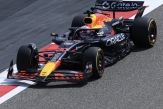
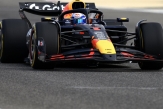
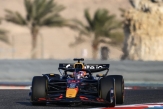






.jpg)
.jpg)
.jpg)

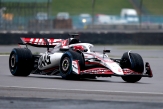

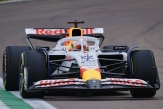
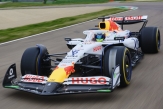



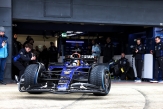
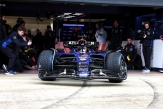


02/12/2025 от Огнян Тенчев (drJeckyll), няма коментари